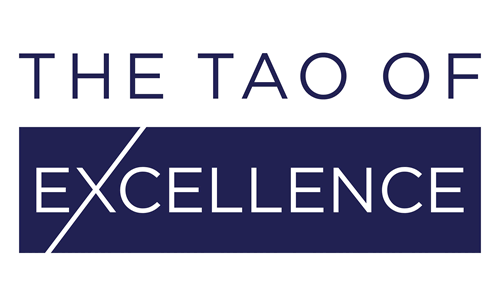Implementing your software
A seamless transition to the new regulatory requirements of the EU’s Medical Device Regulations (MDR) will be a significantly smoother process for those organisations that choose to implement an electronic Quality Management System (eQMS). The new regulatory landscape of the MDR means that processes, procedures, training programmes, documentation, clinical reports and post-market surveillance all need to be reviewed and re-evaluated. As such, an eQMS will be the most efficient and effective solution to manage the in-depth and on-going assessment required to meet the MDR’s quality standards and maintain your compliance.
Following on from our previous article on the digitalization of your Quality Management System—Part 1: Selecting your software—we present Part 2 of our guideline detailing the order of events and key phases of implementing the selected software for your eQMS.
From start to finish
- Preparation: if your software will be installed on-premises, check with IT on the compatibility of your selected eQMS software with your existing infrastructure. Find out what may be required to integrate your eQMS with your current system and ensure that you order any additional hardware well before you start implementing the eQMS software. Plan the following implementation phases in detail and make sure that you schedule enough “buffer” time in-between each phase for a smooth and efficient implementation process.
- Installation: install the required IT infrastructure and software. Run the IQ (installation qualification) to certify that your software has been installed correctly. You usually install 3 instances of your software on 3 different servers: the development environment, which will run all your tests, experiments and training activities; the validation environment, which will be used to validate your software; and the productive environment, which will become your live system.
- Discovery: during this phase, you are traditionally trained by your software supplier in the different modules that your company is implementing. Once your training is complete, familiarise yourself with the software by playing and experimenting in the development environment with the different functionalities available.
- Design: once you have gained a deeper understanding of your eQMS software, translate your User Requirements Specifications (URS) into configuration files, which will define how the software will be customized to meet your requirements. This design phase will also be based on the outcomes of the gap analysis you completed for your eQMS (as detailed in Part 1: Selecting your software).
- Configuration: using the configuration file, the supplier will customise your development environment. Once the eQMS is configured, make sure to spend some time thoroughly testing the layout of that system in order to verify that it all works for you as expected. You can then make any necessary adjustments if you notice that the configuration could be improved upon. Spending time and attention testing and adjusting your development environment is worth it. We highly recommend doing this before you move on to the next phase as it will be much more complicated to make changes later on. The time you take here will be repaid in how efficient your implementation process is and the success of your eQMS.
- Validation: the supplier will then copy the final configuration of the development environment into the validation environment to perform a full OQ (operational qualification) and PQ (performance qualification) validation. The team members responsible for the Computer Validation Systems (CSV) will be an invaluable support for this phase.
- Deployment: once your eQMS has been fully validated, the final configuration can be installed into the ‘productive’ environment. During this phase, you will write the different standard operating procedures (SOPs) and work instructions, describing in detail how the system should be used and maintained. Use the SOPs and work instructions to create training materials and begin training all your users. Classroom trainings are a good idea to implement before going live with the software. Later on, you can use online e-leaning courses to free your team’s resources.
- Go Live: once your training programme has been completed (in its majority), and you have made those final checks on the productive environment, you can go live! Just don’t go live too early. Once you are live, the regulatory constraints to adjust your system will be much higher, so make sure that you are completely ready to go before you begin. Then voilà—you are ready!
Contact us at The Tao of Excellence for your consultation and support in implementing an electronic Quality Management System, or for advice on the best practises for the digitalization of your processes and procedures. Our specialist team has the international expertise and experience to support your compliance and commercial requirements. We are here to assist you in bringing your business into the future.
Phone
+41 52 685 51 65
Email
meetus@taoexcellence.ch
Did you like this article? Follow us on LinkedIn and Twitter!


